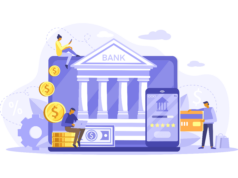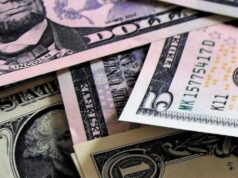The U.S. economy has a 64% chance of going into recession in 2024, Bankrate reports. With the possibility of recession continuing to loom, it’s natural to feel uncertain about your finances, particularly if you’re carrying debt.
Paying down as much debt as possible is a smart strategy advocated by financial experts to help prepare you for a recession. By getting on top of your debt now, you can make sure you enter any downturn in the strongest financial position possible.
The benefits of entering a recession debt-free
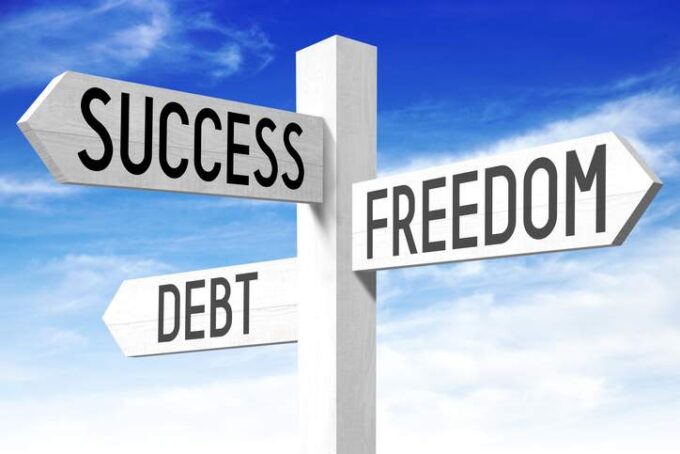
“Experts recommend paying down debts (and not taking on new ones) because no one wants to be caught with mounting interest payments in the event of an emergency, salary setback, or job loss,” financial expert Katherine Salisbury tells CNBC. “Carrying outstanding debt means that the balance also decreases your available access to cash for future setbacks.” Indeed, a recession can put your job and salary at risk, and, if you don’t have enough in savings, force you to take on more debt to cover everyday expenses. It’s therefore essential to be as financially prepared as possible to deal with an emergency situation. And, when you have a higher available balance on your credit card, you’ll also be less likely to max out its limit if you do need to rely on credit for the time being.
Additionally, you may find it more difficult to access new loans and credit cards during a recession. “Lenders also become risk averse during lean times, just like consumers become cautious. This means that it will probably be harder to get a loan, and it will likely carry a higher interest rate if you do obtain one”, Salisbury explains. Working to pay down your debt now minimizes your debt balances, and therefore strengthens your creditworthiness to lenders – meaning it’ll boost your chances of being approved for new loans or lines of credit during a recession.
Avalanche vs. snowball approach
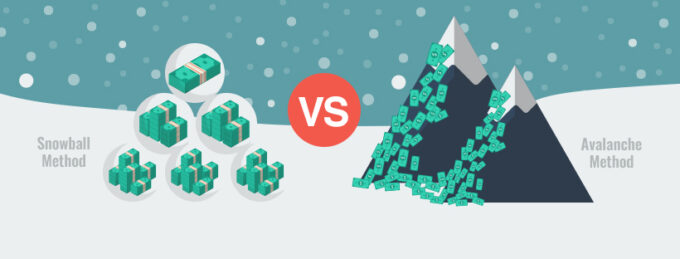
That said, if paying down your debts is your prime goal, the avalanche and snowball approaches are two useful methods worth considering. The avalanche approach is particularly efficient: it involves making the minimum payments on all your other debts, followed by using anything leftover to target your debts with the highest interest rates. Why is this important? Well, interest rates have been on the rise lately – now nearing 5% – as the Federal Reserve moves to tighten monetary policy to bring down high inflation. Higher interest rates mean borrowers should expect to pay more for credit card debt, mortgages, and car loans. Although the financial increase may not be a very large one, it can still hit people with smaller budgets hard. Keep in mind, however, increasing interest rates is only an issue for people already with variable-rate debt (such as, credit cards, adjustable-rate mortgages, home equity lines of credit, and student loans), as well as new borrowers. So, if your debt is fixed-rate – such as, a fixed-rate home equity loan, fixed-rate mortgage, or federal student loan – rising interest rates won’t alter your regular payments.
Although the avalanche method requires strategy and discipline, it can generate significant savings since you’ll stop paying interest sooner. If you want to use this method, start by first assessing your existing debts, interest rates, and outstanding balances. You can then work on paying off your debt with the highest-interest rate first, before moving on down to the next on your list, and so on. The snowball approach, on the other hand, focuses on paying off your loans one-by-one in order from smallest to largest. This method is ideal for people who are motivated by small wins to stay on track working towards achieving their overall goal. So, for example, if you’re making minimum payments on your debts, redirect your efforts to pay off your smallest debt first. Next, with the money you were using to pay this debt off, you can work on paying off your second-smallest debt. Simply continue with this snowball approach until you’re as debt free as you can be.
Save money with debt consolidation
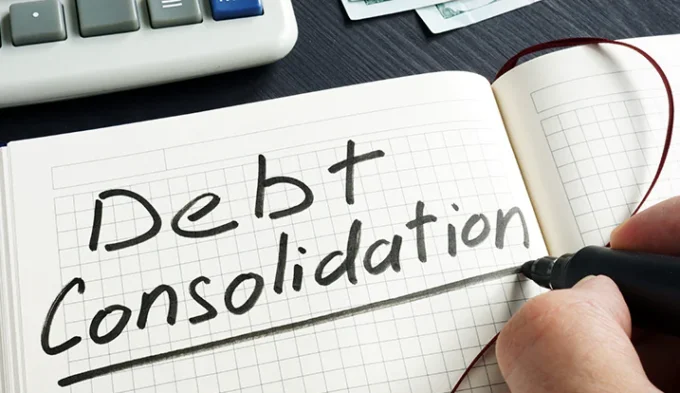
If you have multiple variable-rate debts, it’s worth considering debt consolidation as a useful money-saving, debt-repayment strategy. Debt consolidation essentially involves taking out a new, fixed-rate loan or credit card, and using this to pay off your other existing debts. By combining some or all your existing debts into one, bigger loan, you can potentially benefit from lower interest rates and/or lower monthly payments. It also greatly simplifies your payments, taking some of the stress out of money management.
Personal loans are often used for debt consolidation; these loans provide you with a lump sum payment that can be used as needed. Since personal loans often come with lower interest rates than credit cards, they’re a great choice for consolidating credit card debt. According to ABC Finance, personal loans can be either secured or unsecured. Secured loans typically come with a variable interest rate, while unsecured loans are fixed – making the latter a better choice for any debt consolidation strategy.
Do what’s best for you
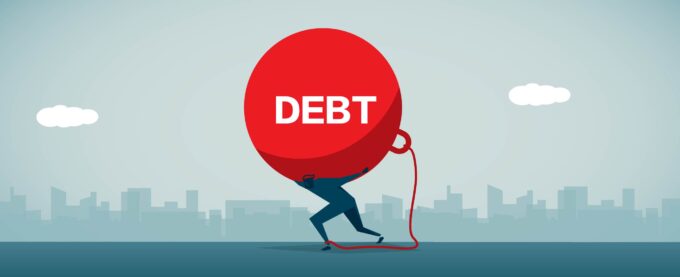
Lisa Kirchenbauer, CFP and founder of Omega Wealth Management, emphasizes the importance of balance when it comes to financial management in preparation for recession. If you don’t have much in the way of savings paying down debt likely won’t be your first priority as it’s important to still have cash on hand. Indeed; the importance of an emergency fund shouldn’t be underestimated–it can be a lifeline for those unlucky enough to lose their jobs during financial downturns. That said, 57% of U.S. adults currently can’t afford an $1,000 emergency expense, according to Bankrate. So, if you fall into this camp, work on growing your savings first, before moving on to paying off your debts.
Recessions are a financially uncertain time for everyone. By working to pay off your debts now, you can be better prepared for tougher times when they hit.


